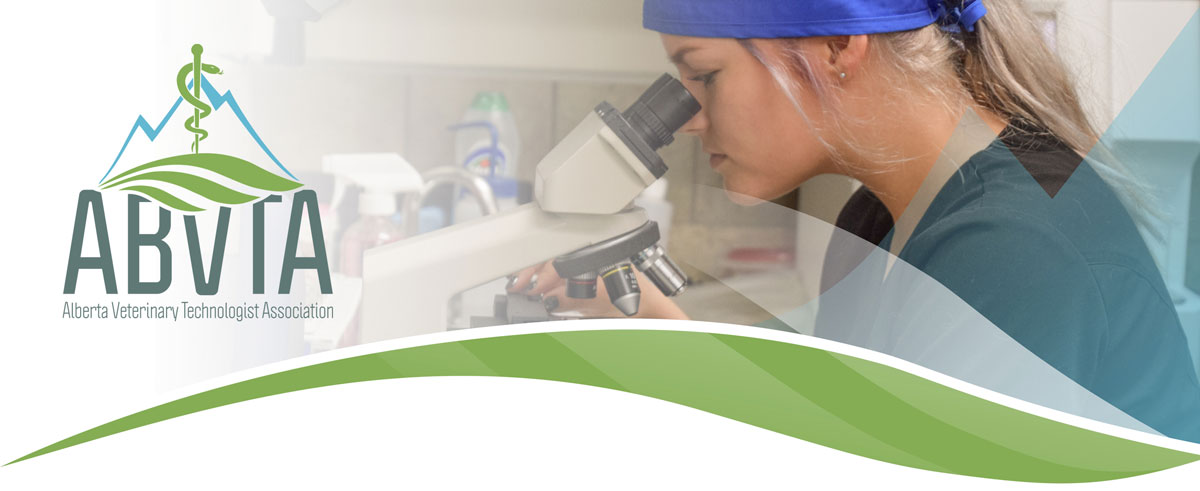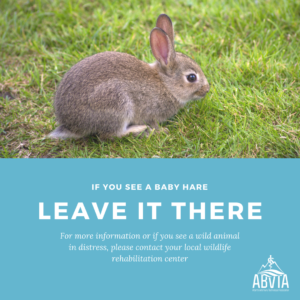April 20, 2021
Baby hare season is upon us again! Alberta has two species of hares: the White-tailed Prairie Hares (aka Jackrabbits) and the Snowshoe hare. Both these species turn white in winter. Prairie Hares (jackrabbits) like open spaces such as urban neighbourhood parks, yards, public parks and schoolyards while Snowshoes prefer forested areas. The key feature that separates hares from rabbits is in the way their young are born. Baby hares are born precocial (fully-furred with eyes open and able to hop about within hours of birth). They do not stay in a “nest” and the litter separate from each other within days of birth. Rabbits, on the other hand, are born altricial (naked, eyes/ears closed, not mobile). They burrow and make a nest until the young are old enough to move about on their own. There are Mountain Cottontail Rabbits in southern Alberta.
Wildlife rehabilitation centres, humane societies and veterinary clinics will usually get calls about “baby bunnies” starting in April. Many people think they have been abandoned because they have been found alone. It is actually normal for baby hares to be alone with Mom nowhere to be found. The most important piece of advice is: “IF YOU SEE A BABY HARE, LEAVE IT THERE.” If it is not obviously injured or in a dangerous place (like the middle of a parking lot) then do not handle it or stress about it. It is where it should be. If it is in a dangerous location (parking lot, construction site) look for the nearest green space and using gloves, gently and quickly move it somewhere safer. If there are predators (crows, magpies), it is alright to keep the animal out of sight until it’s a bit darker then place it outside. They are a nocturnal animal (more active at night). It is NOT true that the female will abandon them if they have been touched by humans!! Baby hares can be returned to the area they were found even if they have been handled. It is best to do this as quickly as possible.
Hares are a “prey” species – this means they are born in litters of multiple animals (4-6) and females will have several litters per year. The female attends to the babies in the evening nursing them briefly.
Baby hares do not survive well in captivity. Good-hearted people are often heartbroken when the baby they “saved” dies due to the stress of handling, change of milk formula and unnatural captive environment. Wildlife can also carry diseases and parasites that may not be obviously visible. For this reason, and the poor survival rate in captivity, our best approach is to educate and LEAVE IT THERE.
You can refer callers to Alberta Wildlife Rehabilitation Centres for this or other wildlife concerns.
Alberta Institute for Wildlife Conservation 403-946-2361
Calgary Wildlife Rehabilitation Society 403-214-1312
Cochrane Ecological Reserve 403-932-5632
Medicine River Wildlife Centre 403-728-3467
WildNorth Wildlife Rescue and Rehabilitation 780-914-4118
There are also two centres that deal specifically with raptors. They are:
Alberta Society for Injured Birds of Prey (Strathcona Raptor Shelter) 780-922-3024
Alberta Birds of Prey Foundation 403-331-9520
Written and submitted by Kim Blomme, RVT – WildNorth Wildlife Rescue and Rehabilitation

